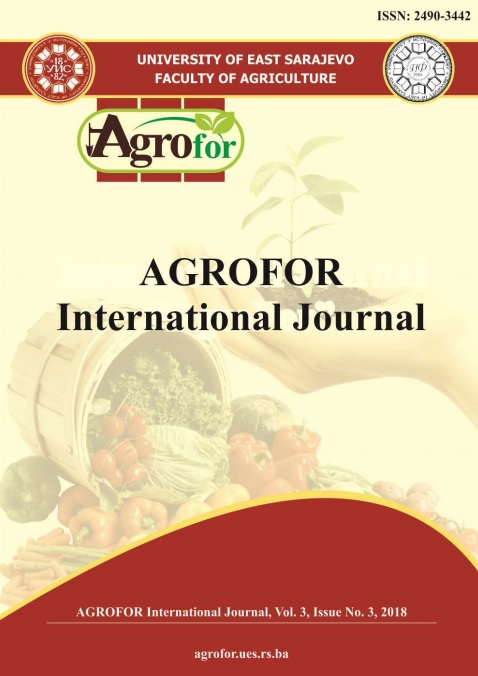ORGANIC SUGARCANE CULTIVATION IN TAHITI
DOI:
https://doi.org/10.7251/AGRENG1803031VAbstract
Organic sugarcane has a strong economic potential in Tahiti. However, there is no
model for small-scale organic cultivation, and the rules enforced by the applicable
standards don’t always respect the agroecological principles. To determine whether
a small organic sugarcane farming system is profitable or not, especially in terms
of productivity, control of bioagressors (weeds, rats and pests) and human resource
costs, a 1ha field of sugarcane was planted in 2015, with nine different varieties, in
a machineable context under European organic standards. After two years, the
cultivars used showed yields from 40 up to 100 tons/ha of cane. Regarding the
control of bioagressors results were the following: 1) manual removing of weeds
required 4 to 6 months after planting or after the first ratoon; 2) study of rat attacks
during the maturation period showed that in a dirty field, for early varieties (18°
Brix at ten months of cultivation), the cane stalks can be entirely damaged, and
these attacks can even occur on canes with sugar content lower than 10%. Finally,
the hand labor hoeing represented around 75% of the production costs. This result
demonstrates that such organic cultivation is possible even when facing pest and
weed problems. In further investigations, to improve hand labor efficiency, we will
first focus on weed control using small mechanized treatments; secondly, we will
aim at reducing rat infestations by the use of some unique early maturated varieties
to attract and treat them locally.

